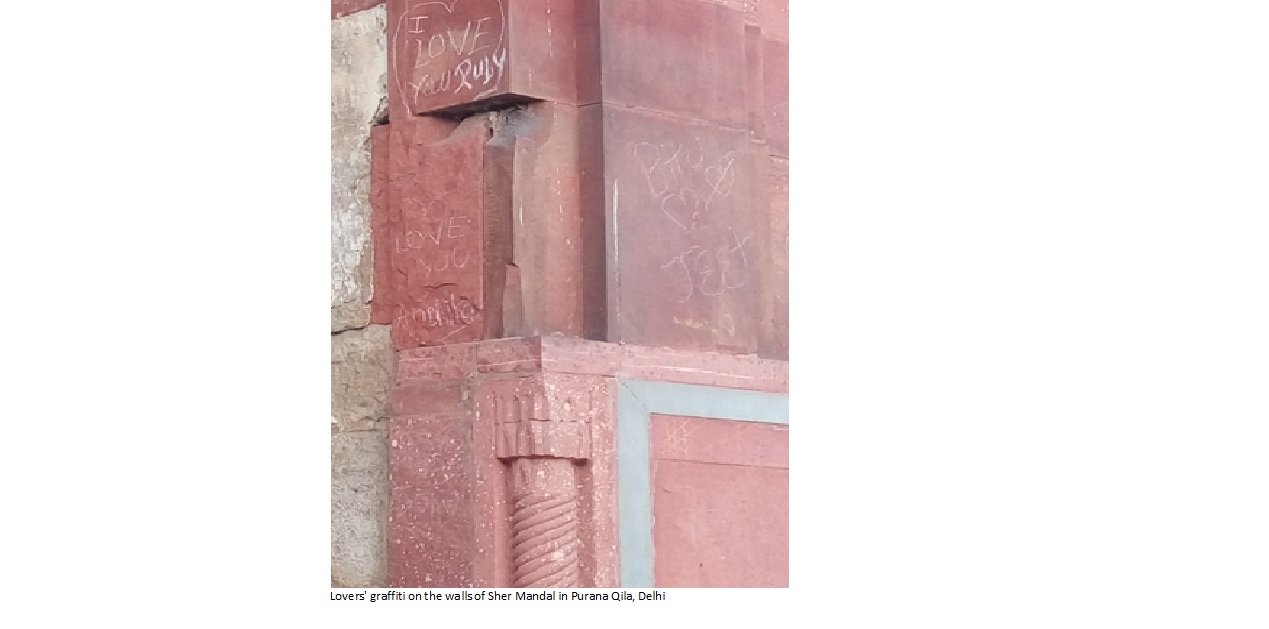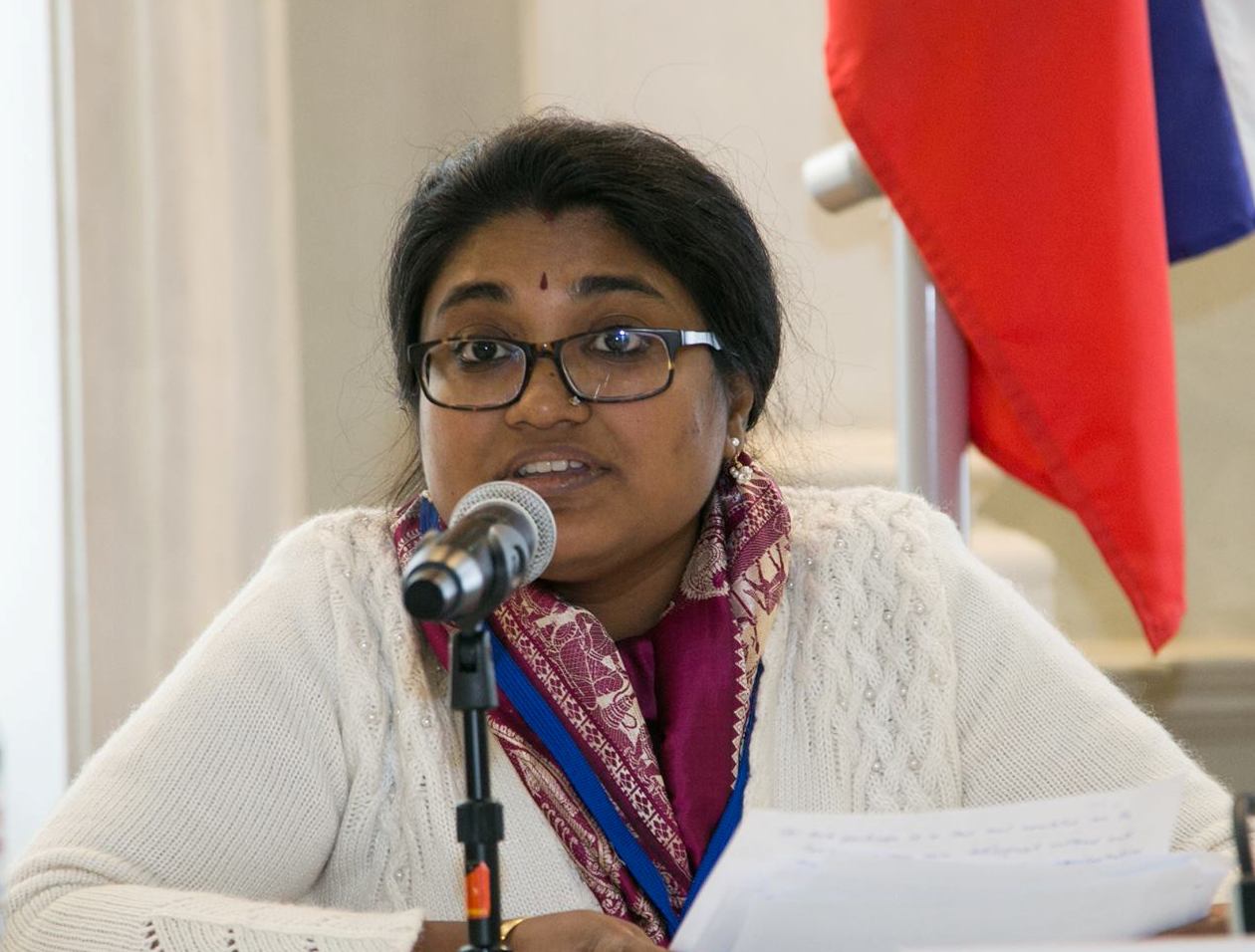In 1983, the 22nd General Conference of the UNESCO approved the establishment of the International Day for Monuments and Sites by the International Council on Monuments and Sites (ICOMOS), the only global NGO that works for the conservation and protection of cultural heritage. Every year, this Day is observed on 18 April. The 2020 theme for the Day is ‘Shared Cultures, Shared Heritage, Shared Responsibility’.
Heritage: A Matter of International Concern
The importance of protecting heritage monuments and sites became a global concern since the First World War, which resulted in the creation of the League of Nations with its underlying philosophy of cultural internationalism. The creation of the United Nations and the UNESCO after the Second World War lent a more sharpened impetus to the cause. The 1972 Convention Concerning the Protection of the World Cultural and Natural Heritage was recognition of the fact that notwithstanding national barriers, heritage belonged to humanity at large. India ratified the Convention in 1977.
The CAG Report of 2013
The issues that plague Indian monuments and sites are myriad. These were well brought out in the stark revelations made by the Comptroller and Auditor General (CAG) of India Report No. 18 of 2013 that was a Performance Audit of Preservation and Conservation of Monuments and Antiquities of Union Government, Ministry of Culture.1 The Report is comprehensive in its scope and this was the first time that such a performance audit was carried out in Independent India on the Archaeological Survey of India (ASI) and other organizations under the purview of the Ministry of Culture. The study was conducted between April 2012 and February 2013. The recommendations of this Report ought to be taken seriously by the various stakeholders of the sector. The present government has taken some initiatives based on the actionable points provided by the CAG Report of 2013. However, the problem is so deep-rooted that no matter what the government does, it is not going to be enough, unless the citizenry gets involved in the issue in a proactive manner.
Inadequate Identification of Indian Built Heritage
With regard to monuments, sites and antiquities, India’s problem has been one of plenty. We have so many monuments and sites, belonging to different periods of India’s long and culturally variegated history that it often becomes difficult to protect all that we already know of. Let alone that whose existence we are not even aware of, and that number is also significantly high. According to archaeologist Sarah Parcak, over 90% of India’s heritage lies buried under the soil, and space archaeology can help unearth these. 2 The CAG had noted in its Report that the ASI was spending less than one per cent of its total expenditure on exploration and excavation of sites—an exercise which is the principal work assigned to it.
Theft and Illegal Trade of Antiquities
In the meantime, one of the serious threats to this unknown wealth is construction work that takes place at a large scale these days to cater to the increasing population pressure. Pilferage of artifacts and valuable objects from construction sites or even known and protected archaeological sites has caused untold damage to the cause of studying and conserving the Indian past. Newspapers are replete with reporting of such incidents. The systematic looting of the ancient site of Chandraketugarh in West Bengal, for instance, has been in the limelight for some time. The CAG officials had found that 131 antiquities were stolen from various ASI monuments/sites and 37 antiquities from site museums. They further noted that the ASI did not maintain a database of its collection, which made it difficult for them to track theft. There was colonial loot, which has made innumerable antiquities land up in museums abroad. And now there is illicit trade in antiquities as its successor. It is believed that in the last one decade, declared imports of Indian art and antiquities in the US alone are worth $ 700 million.3
Indian Sites in the UNESCO World Heritage List
Notwithstanding the illegal international demand for Indian art objects, international recognition for Indian heritage has been slow in coming. The reasons are many. In order to qualify for being enlisted in the UNESCO World Heritage list, historical sites have to demonstrate Outstanding Universal Value (OUV). The criteria used for assessing the OUV of a site are predominantly Eurocentric. On the other hand, India has also not taken enough care to properly document and showcase its heritage.
Out of a total of 1121 properties (869 cultural, 213 natural and 39 mixed) enlisted as UNESCO World Heritage Sites, as of date, India has 30 cultural and 7 natural sites inscribed. The tentative list for consideration for nomination includes 42 sites—some of these cases were submitted as early as 1998, and surprisingly well-known and highly potential cases like Dholavira or Lothal were submitted as late as 2014. It may be noted that 21 cases were submitted in 2014 alone.
What was the reason for which India was so late in filing a nomination for Harappan sites? The CAG Report observes (p. 40) that one Shri Ranesh Ray was assigned the task of creating the nomination dossier for a group of Harappan sites at the cost of Rs. 65 lakhs in March 2009. The selection process of the said consultant was non-transparent and was done on the basis of nomination instead of tendering. Rs. 38 lakhs were released in August 2009 based on the performance report. The condition of performance guarantee was waived without justification. Scope of the work was reduced mid-way by removing the two sites of Rakhigarhi and Bhirrana from the list, but there was no proportionate reduction in fees. The proposal for this dossier was deferred by the ASI for 2010. Eventually, the ASI was unable to provide the excavation reports for the concerned sites; hence, the nomination dossier could never be completed!
Some of this sheer negligence has been amended of late. For instance, Nalanda finally got inscribed in 2016 on the basis of a sound nomination dossier. 4 The case of Sarnath was submitted way back in 1998 and it seems that in these many years, the Indian government did little to bolster up the case. The ASI took up the case of Sarnath in recent years by conducting an excavation in February 2014 after a gap of about 82 years! The last one before this was conducted by Daya Ram Sahni in 1927-32.
The Callousness of Citizens
So, we are battling several issues simultaneously: inadequate excavation, poor documentation, theft and illicit trade of antiquities, and destruction of valuable artifacts because of man-made and natural causes. But nothing can possibly equal the sheer callousness demonstrated by Indian citizens towards their own built heritage. The above photograph shows lovers’ graffiti on the walls of Sher Mandal, the two-storey octagonal structure inside the Purana Qila in Delhi. What can be more shameful than this? The youth of the city have successfully transformed the lush green meadow inside the Qila premises into a lovers’ spot, severely compromising its dignity. And they are the ones to be entirely blamed for this. When the present author asked the security guards as to why this is tolerated, they replied that when taken to task, these young men and women challenge if there is any law that can prohibit them from entering the premises! While we clamour for our rights all the time, who will see to it that we carry out our duties? Only our conscience can.
While this year’s theme for the International Day for Monuments & Sites includes the element of “Shared Responsibility”, let us come forward as citizens of a country rich in history and heritage. Let us show that we care by truly sharing the responsibility of protecting our monuments and sites.
Endnotes
- https://cag.gov.in/content/report-no-18-2013-performance-audit-preservation-and-conservation-monuments-and-antiquities. An analysis and summary of the key findings and recommendations of the Report can be found in Dilip K. Chakrabarti, Nation First: Essays in the Politics of Ancient Indian Studies, New Delhi: Aryan Books International, 2014.
- https://timesofindia.indiatimes.com/blogs/parthian-shot/over-90-of-indias-heritage-lies-buried-and-space-archaeology-can-help-unearth-it-using-satellites-is-a-tool/
- https://thediplomat.com/2019/10/reclaiming-indias-stolen-cultural-heritage/
- http://whc.unesco.org/uploads/nominations/1502.pdf
(The paper is the author’s individual scholastic articulation. The author certifies that the article/paper is original in content, unpublished and it has not been submitted for publication/web upload elsewhere, and that the facts and figures quoted are duly referenced, as needed, and are believed to be correct). (The paper does not necessarily represent the organisational stance... More >>
Photo copyright: Arpita Mitra, Dt. 12/01/2020











Very insightful and thoughtprovoking.
Post new comment